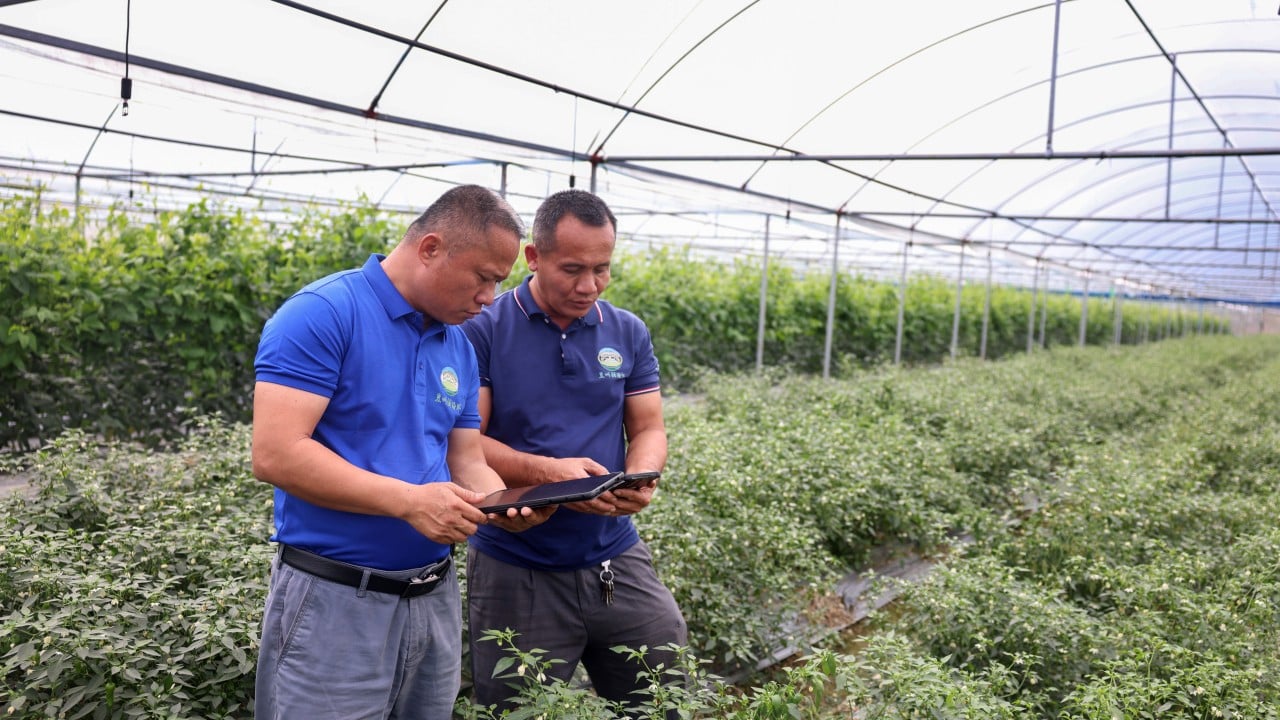In the face of looming climate pressure, geopolitical tensions and a tit-for-tat tariff conflict with the United States, China unveiled a comprehensive 10-year agricultural master plan on April 7. Issued by the Communist Party’s Central Committee and the State Council, the plan focuses on crop cultivation, livestock, fisheries and agricultural infrastructure, aiming to boost production.
Advertisement
Building on frameworks such as the National Smart Agriculture Action Plan (2024–2028) and 14th five-year agricultural plan (2021–2025), the new strategy places artificial intelligence (AI) and emerging technologies at the forefront of China’s agricultural modernisation.
As the world’s largest agricultural producer and importer, China has long made food security a priority. But it is an uphill battle – China must feed one-fifth of the global population with under 10 per cent of the world’s arable land and even less of the freshwater resources.
China’s food self-sufficiency rate has been dropping, from 93.6 per cent in 2000 to 65.8 per cent in 2020. Projections are grim: the rate is forecast to fall further to 58.8 per cent by 2030, heightening import reliance.
For Beijing, the benefits of an “agriculture+AI” strategy are clear. Beyond strengthening China’s agricultural technology and AI export sectors, integrating AI into agricultural production can address long-standing inefficiencies. It could reduce post-harvest food losses, which averaged 14 per cent in recent years, according to a 2022 State Council study.
AI-driven tools that enable precision farming, such as predictive analytics, drones and autonomous machinery, can help Chinese farmers maximise crop yields in the face of environmental challenges and rural labour shortages. It would also allow the Chinese authorities to free up land to grow critical staples like soybeans, of which around 80 per cent are imported.


.jpg?itok=t8OJmsoF)